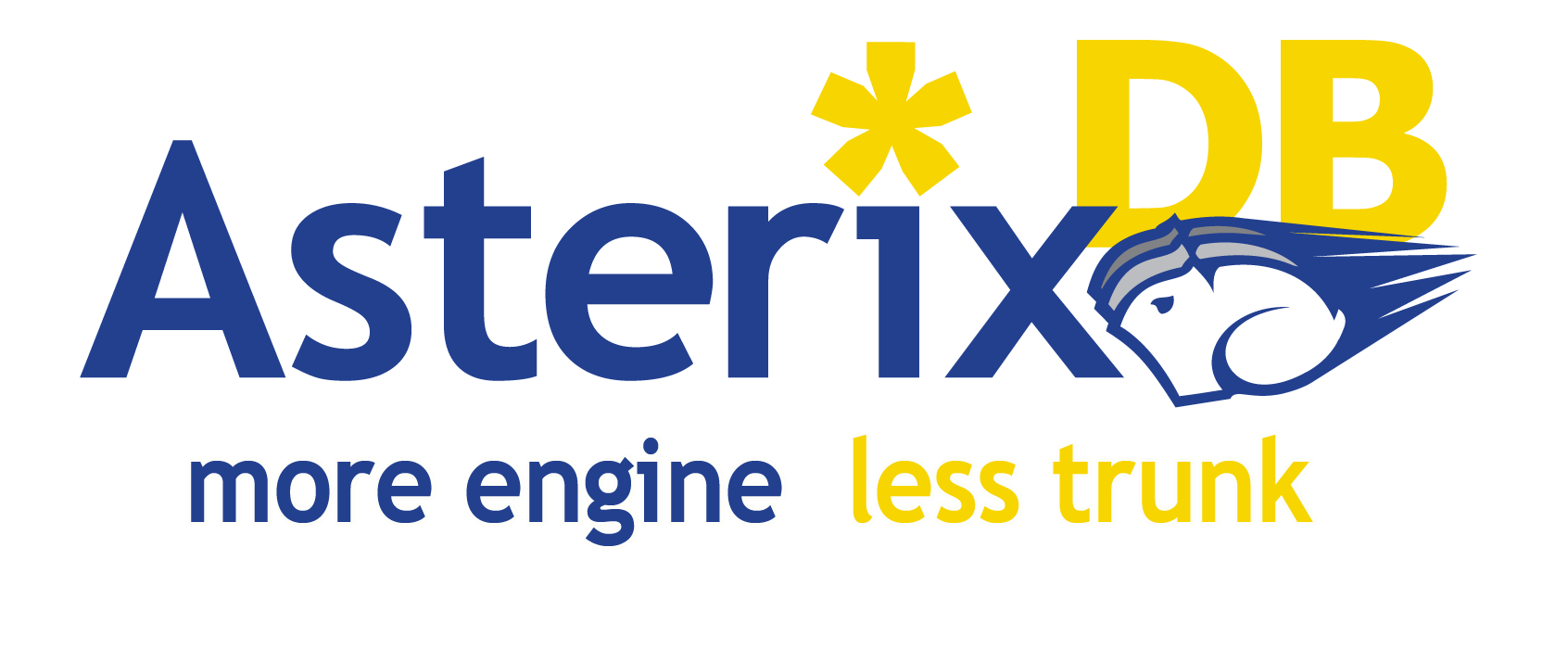Congress.gov Officially Out of Beta
From the post:
The free legislative information website, Congress.gov, is officially out of beta form, and beginning today includes several new features and enhancements. URLs that include beta.Congress.gov will be redirected to Congress.gov The site now includes the following:
New Feature: Congress.gov Resources
- A new resources section providing an A to Z list of hundreds of links related to Congress
- An expanded list of “most viewed” bills each day, archived to July 20, 2014
New Feature: House Committee Hearing Videos
- Live streams of House Committee hearings and meetings, and an accompanying archive to January, 2012
Improvement: Advanced Search
- Support for 30 new fields, including nominations, Congressional Record and name of member
Improvement: Browse
- Days in session calendar view
- Roll Call votes
- Bill by sponsor/co-sponsor
When the Library of Congress, in collaboration with the U.S. Senate, U.S. House of Representatives and the Government Printing Office (GPO) released Congress.gov as a beta site in the fall of 2012, it included bill status and summary, member profiles and bill text from the two most recent congresses at that time – the 111th and 112th.
Since that time, Congress.gov has expanded with the additions of the Congressional Record, committee reports, direct links from bills to cost estimates from the Congressional Budget Office, legislative process videos, committee profile pages, nominations, historic access reaching back to the 103rd Congress and user accounts enabling saved personal searches. Users have been invited to provide feedback on the site’s functionality, which has been incorporated along with the data updates.
Plans are in place for ongoing enhancements in the coming year, including addition of treaties, House and Senate Executive Communications and the Congressional Record Index.
…
Field Value Lists:
Use search fields in the main search box (available on most pages), or via the advanced and command line search pages. Use terms or codes from the Field Value Lists with corresponding search fields: Congress [congressId], Action – Words and Phrases [billAction], Subject – Policy Area [billSubject], or Subject (All) [allBillSubjects].
Congresses (44, stops with 70th Congress (1927-1929))
Legislative Subject Terms, Subject Terms (541), Geographic Entities (279), Organizational Names (173). (total 993)
Major Action Codes (98)
Policy Area (33)
Search options:
Search Form: “Choose collections and fields from dropdown menus. Add more rows as needed. Use Major Action Codes and Legislative Subject Terms for more precise results.”
Command Line: “Combine fields with operators. Refine searches with field values: Congresses, Major Action Codes, Policy Areas, and Legislative Subject Terms. To use facets in search results, copy your command line query and paste it into the home page search box.”
Search Tips Overview: “You can search Congress.gov using the quick search available on most pages or via the advanced search page. Advanced search gives you the option of using a guided search form or a command line entry box.” (includes examples)
Misc.
You can follow this project @congressdotgov.
Orientation to Legal Research & Congress.gov is available both as a seminar (in-person) and webinar (online).
Enjoy!
I first saw this at Congress.gov is Out of Beta with New Features by Africa S. Hands.

